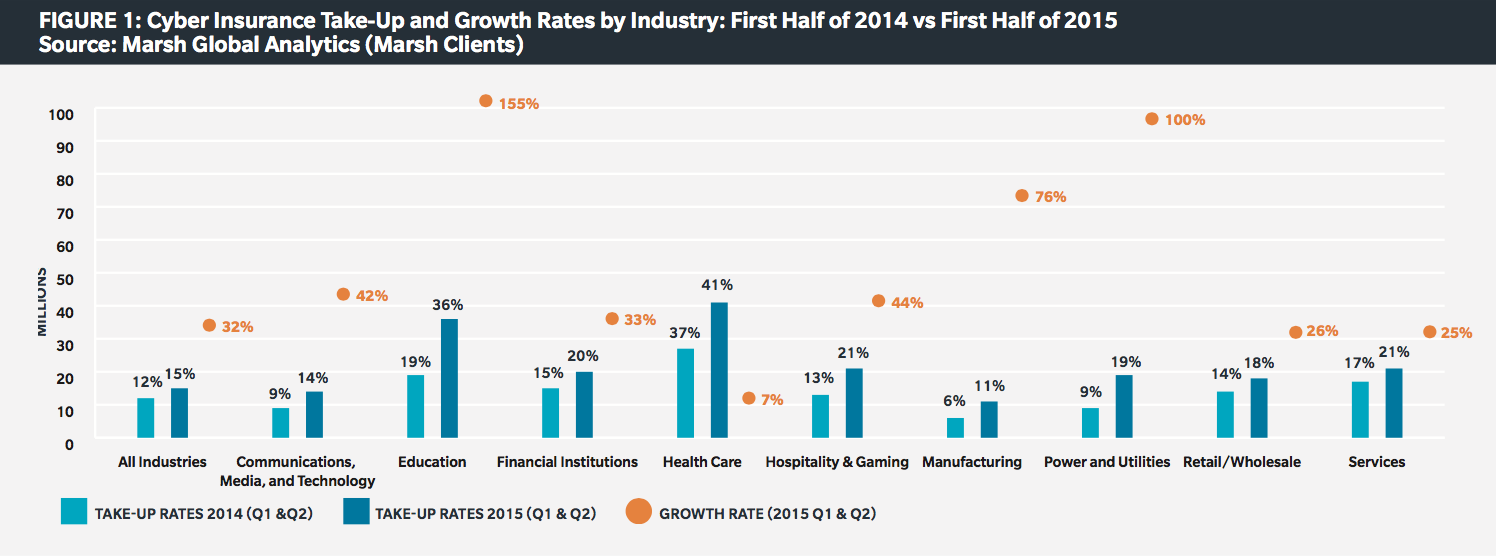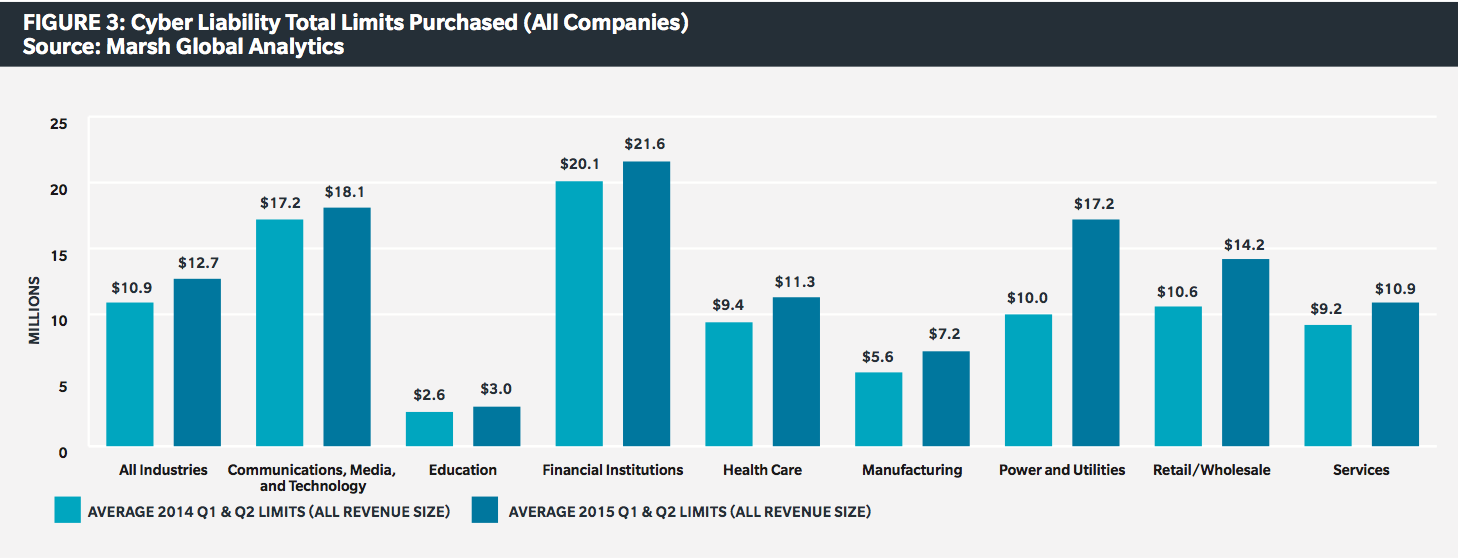Pharmaceutical companies operate with a singular objective: bring drugs to market. This is how they profit, how they ensure that their products help the most people, and how they maintain the resources to continue innovating.
The lifecycle of drug development can be complex and onerous, despite improvements to the regulatory approval process over the past several years. Now, a trend sweeping the industry is forcing many pharmaceutical companies to decide under which circumstances they’re willing to divert resources from their mission of helping the masses.
Expanded Access, or “Compassionate Use,” refers to the use of an experimental drug not yet approved by the FDA to treat a critically ill patient outside of a clinical trial. The FDA received more than 1,800 requests for access to experimental drugs last year and, over the last five years, it has approved 99% of these requests.
But ultimately, once requests are approved by the FDA, it’s up to manufacturers to provide the drug to these patients, many of whom are children, and many of whom have just months left to live.
Companies are then faced with a choice: to provide an unapproved drug to individual patients, which can delay the process of making the drug widely available, or to deny the request and risk backlash from the public, who see only a dying patient and the pharmaceutical company that could save them. In several cases, the latter has fueled social media campaigns demonizing companies for withholding potentially life-saving medicines.
How a company handles expanded access requests can affect its reputation and financial stability. Pharmaceutical executives often operate under a microscope, where patient outcomes are the key to keeping investors on board. As expanded access patients often do not qualify for clinical trials, they may be higher-risk candidates, so reporting their results to the FDA could potentially prolong approvals and market availability. On the other hand, a company that denies an expanded access request can face significant reputational damage and even legal action if investors believe that management decisions hindered the company’s progress.
Small and mid-size life science firms in particular may fear that they don’t have the resources to navigate expanded access cases. But requests for experimental drugs are on the rise: the FDA saw a 92% year-over-year increase in requests in 2014. Companies need to prepare their approach and policies before they find themselves in the throes of a difficult decision with pressures mounting from both sides. Here are four ways they can set themselves up to make informed decisions about balancing risk with compassion:
Monitor the Regulatory Environment
Over the last year, the FDA has been working to simplify the process for physicians requesting access to experimental drugs on behalf of patients. In February 2015, the agency streamlined the application form, which now requires physicians to submit just eight types of information, as compared with 26 types in the previous form.
The FDA has also been working with life sciences companies to find alternative solutions to expanded access when needed, such as designing expedited open-label trials for these patients.
Additionally, as of August 2015, 24 states have introduced right-to-try bills, which allow physicians to request experimental drugs without going through the FDA’s application process.
With both federal and state governing bodies paving the way for easier access to experimental drugs, the decision to provide these drugs falls squarely on the shoulders of corporate leadership at pharmaceutical companies. These firms also ought to keep in mind the need to prioritize building and maintaining relationships with the FDA, which can be key in developing a creative solution.
Update Your Crisis Management Plan
Crisis management plans are sometimes written in broad strokes. In preparing for expanded access cases, risk managers need to bring together leadership from various departments—senior management, investor relations, finance, human resources, etc.—to weigh in on the specific risks associated with experimental drugs. Many firms will seek outside counsel to guide the process.
At a basic level, a crisis plan should map out vulnerabilities across all risk areas. For example, companies need to consider the process for securing their facilities, fielding press inquiries, addressing social media backlash, managing investor concerns and navigating potential lawsuits.
Most importantly, companies need to develop the principles that will guide decisions in crisis situations. Rather than scrambling for direction in the heat of public scrutiny, companies should establish a clearly-stated policy and set of guidelines for participation in expanded access programs. This will serve as the foundation of a response if an issue arises. Management must then be prepared to defend that position to all stakeholders, including employees, investors, patients, physicians and potentially press.
Evaluate and Re-evaluate Your Insurance Policies
Organizations need to consider which financial risks they can transfer to their insurance policies. Not everything will be insurable, but a strong policy can provide protection if an expanded access case threatens a company’s financial stability.
This starts with a comprehensive review of a company’s insurance portfolio with the issue of expanded access in mind. Oftentimes, risk managers revisit their policy language through the lens of a specific issue and realize that their expectations for coverage don’t accommodate current events. This can be the case with expanded access.
When reviewing their policies, companies need to understand the intent of the language relevant to expanded access and work with their broker to make sure the coverages are as granular as possible.
Lead the Way
This year, Johnson & Johnson created a Compassionate-Use Advisory Committee composed of doctors, bioethicists and consumer advocates to evaluate expanded access requests and make recommendations to the company’s clinicians. While many have hailed this as a creative solution for maintaining ethical standards, smaller companies with fewer resources cannot as easily take such an approach. These firms have an opportunity to set the standard for managing expanded access cases by developing thoughtful policies, collaborating with regulators and academics and, of course, addressing risks to business from the onset.



